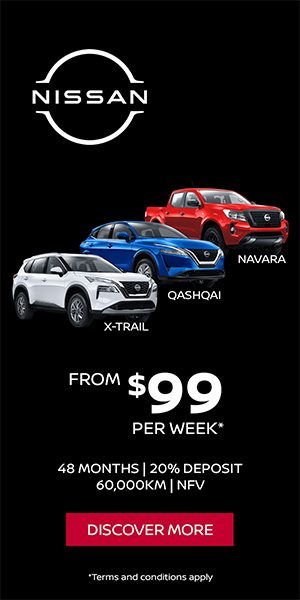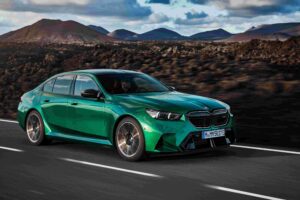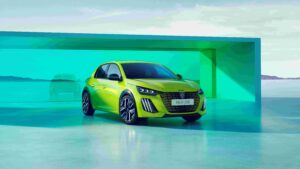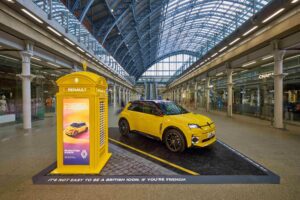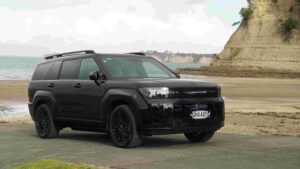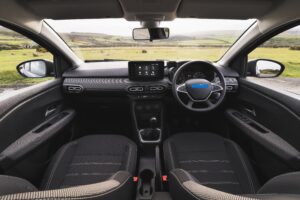As you clever people are undoubtedly fully aware, the Suzuki S-Cross is positioned as the brand’s largest passenger car model, with room for all the family and (particularly the AWD model) an adventurous spirit. Well the latest release not only fulfils these core responsibilities, but now it lays claim to offering enhanced specification (more) and greater economy (less) – we took the Hybrid JLX AWD model for a spin to see what’s what.
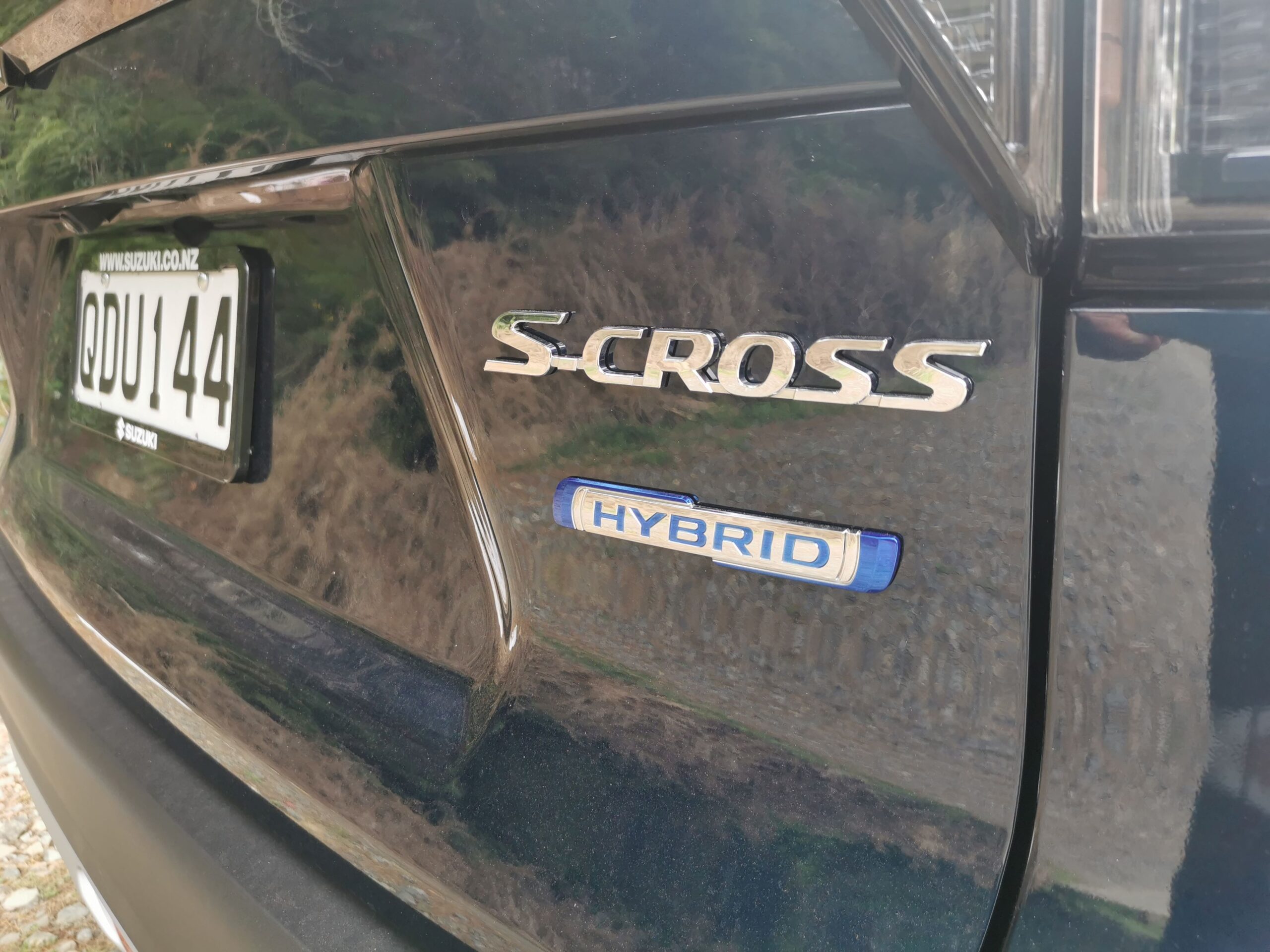
The S-Cross traces its roots back to ‘06 and an SX4 nameplate, however, it’s fair to say that side by side you’d struggle to see the lineage. Not only is the latest generation bigger, sweeter looking and more impressive, but it showcases the best of what the brand has to offer right now PLUS, comes with the introduction of their new SHVS (Suzuki Smart Hybrid Vehicle system) powertrain!
The S-Cross Hybrid is available in either two wheel drive or optional part time Allgrip all-wheel-drive (I was given the latter) and both come in the premium ‘JLX’ spec, much of which I’ll get to later.
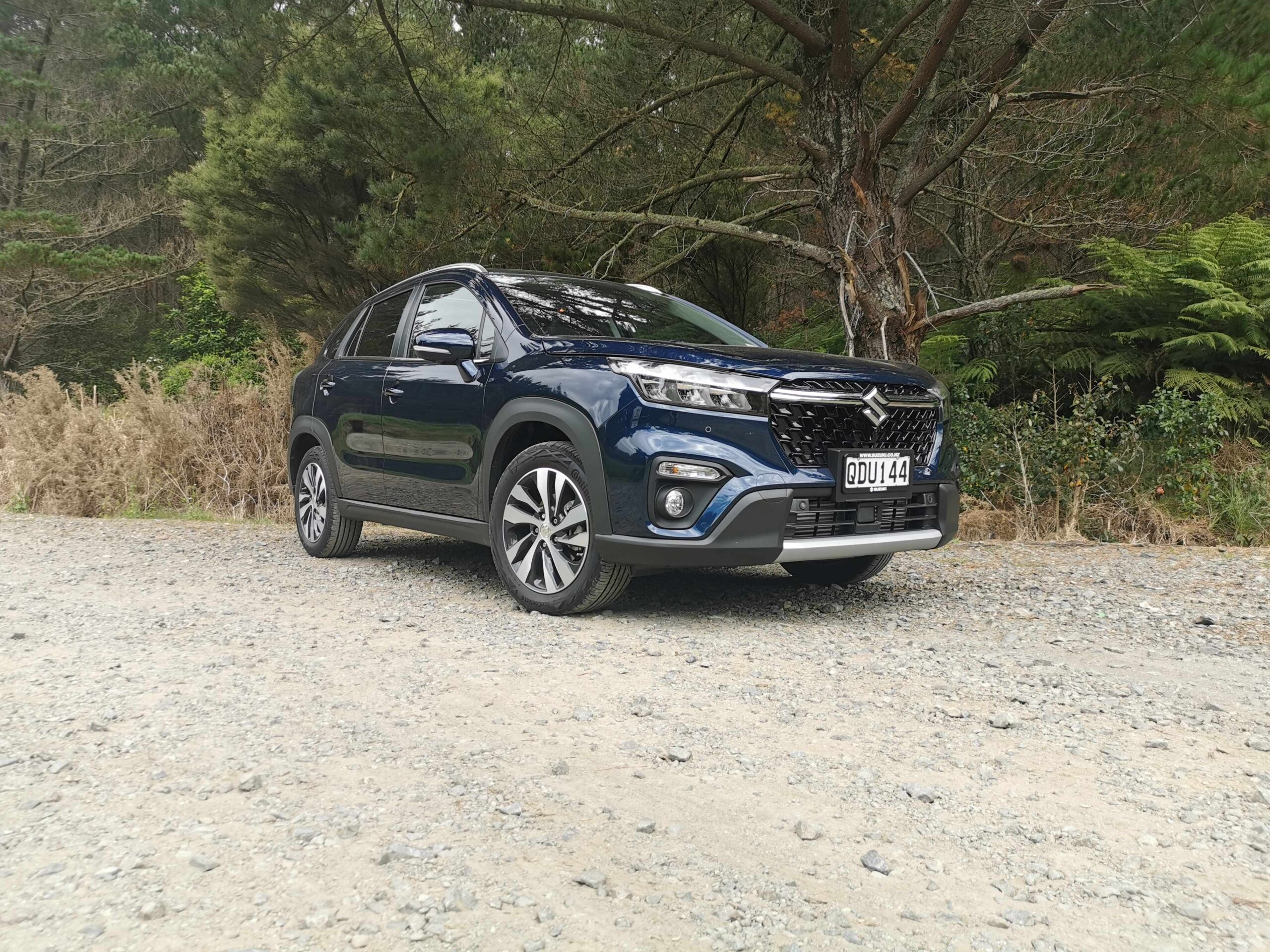
Firstly though, let’s discuss the SHVS. Unlike its more milder hybrid siblings such as the Swift Hybrid, the new S-Cross SHVS consists of a 48V Integrated Starter Generator (ISG) that works alongside Suzuki’s 1.4 litre Boosterjet turbocharged engine to help improve fuel efficiency. There is also a 48v lithium-ion battery and 48-12 volt DC/DC converter with a greater supply of voltage than a conventional 12 volt battery.
So the upgraded 95 kW 1.4L Boosterjet Turbo engine provides 95kW and 235 Nm of torque (an increase of 6.8 per cent over the standard 1.4 Boosterjet model) and the electric motor assists by suppressing fuel consumption and enhancing performance, all while charging the 10 Ah lithium-ion battery, helping to power all the additional electrical systems such as safety features, air conditioning, Bluetooth and Smartphone connectivity.
According to Suzuki, the result is that it’s up to 16.7 percent more economical than the non-hybrid 1.4 turbocharged JX and JLX (5.5 l/100km 2WD vs 6.6 – tested under 3P-WLTP) and has up to 19 percent lower emissions. In fact, the emissions of 124g/km (2WD) and 133g/km (AllGrip) are lower than the smaller Vitara Hybrid.
Got it? Good.
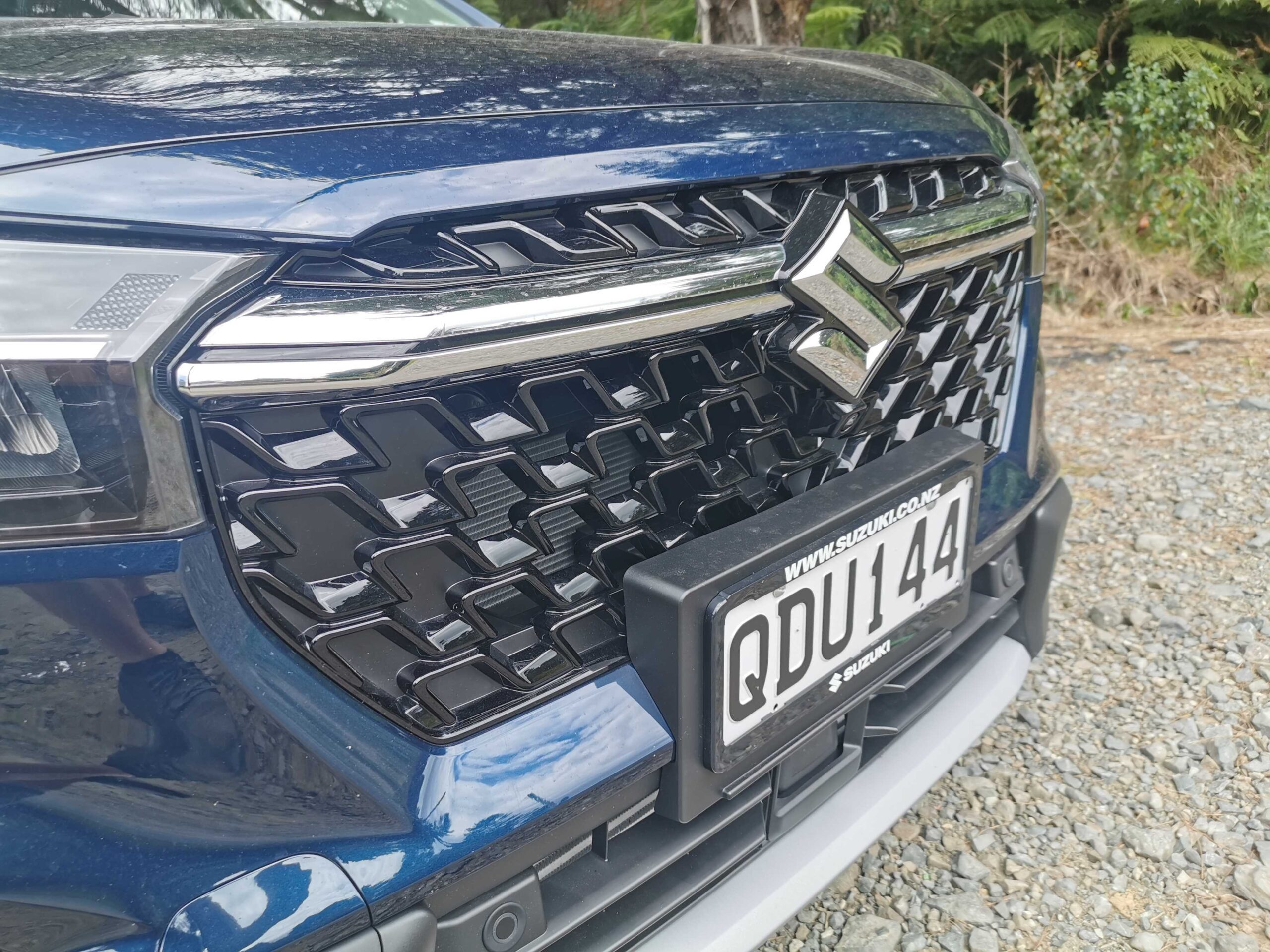
Anyway, in terms of looks, the S-Cross Hybrid comes with a piano black front grille that’s dissected by Suzuki’s S badge and parallel lines both with a chrome look. The headlights and rear lights use three signature lamps to give off a distinctive look, while the front and rear under garnishes give it a more masculine appearance.
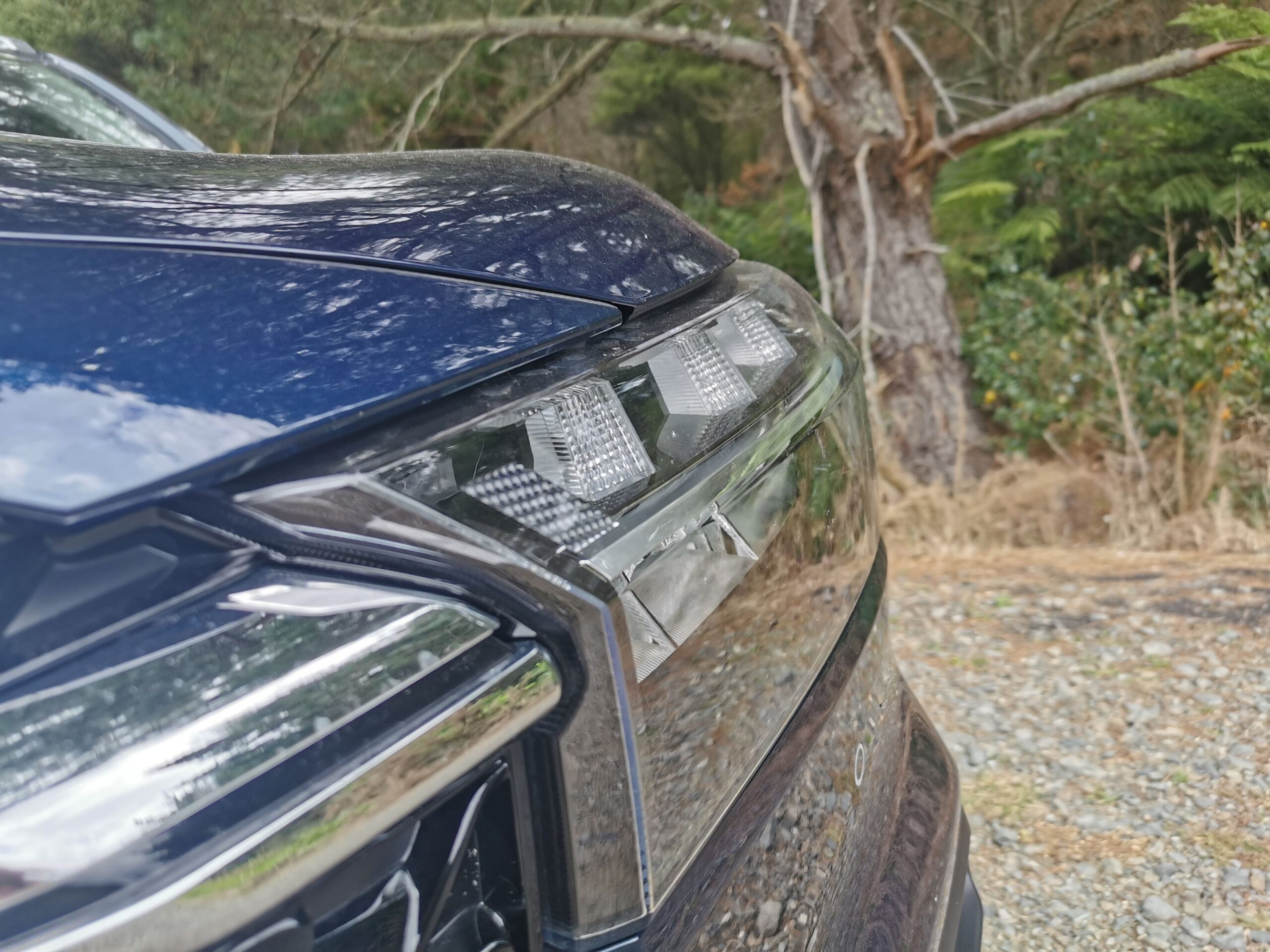
When it comes to the crossover’s profile, the S-Cross has a high bonnet and rear deck creating the impression of a taller centre of gravity, while the wheel arch extensions and lower body mouldings and silver roof rack again give it more kerbside presence, all topped off by 17-inch polished-face alloys.
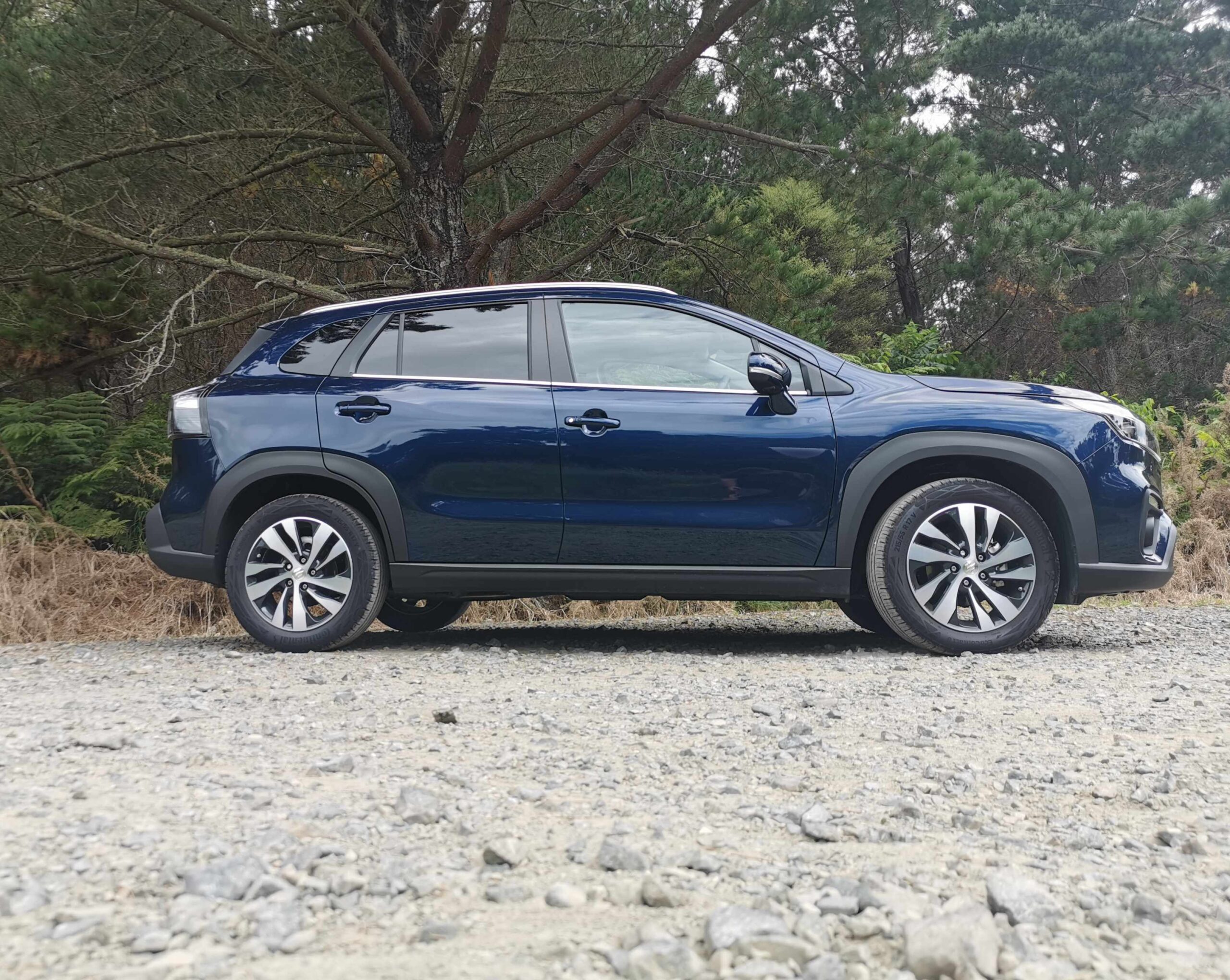
For those keen on interior space, you’ll be happy to know that the wheelbase is 2.6 m, and if your garage is longer than 4.3m then you’ll be fine driving straight in.
My review model came in Sphere Blue, however, if Canyon Bronze, Energetic Red, Cool White, Cosmic Black, Titan Grey or Silky Silver metallic is to your liking, then you’re in luck.
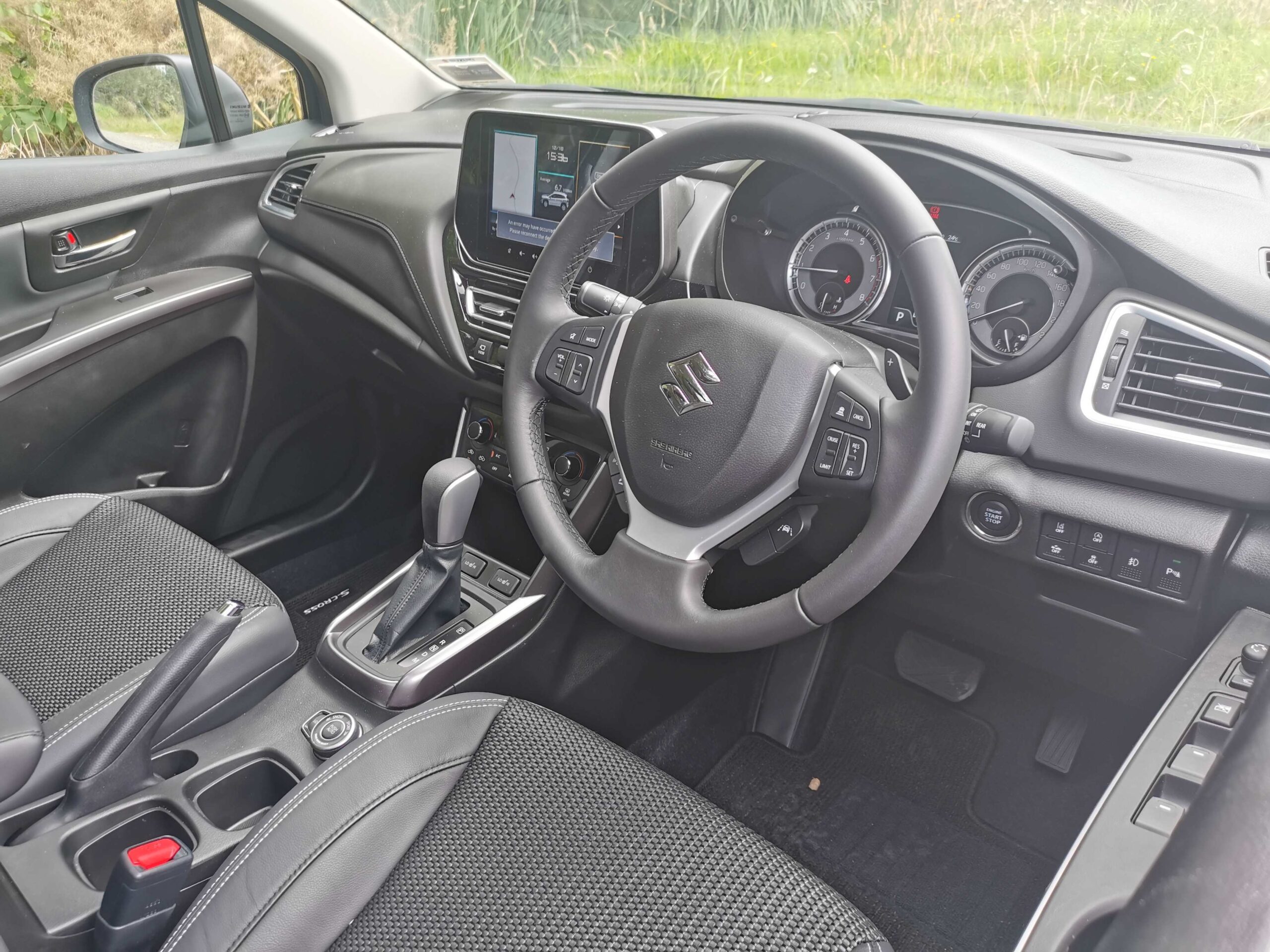
Step inside and the panoramic sunroof with electrically operated double sliding glass panels (a first for the S-Cross model in NZ) floods the cabin with natural light (unless you’re driving at night) then there’s LED lighting to impress.
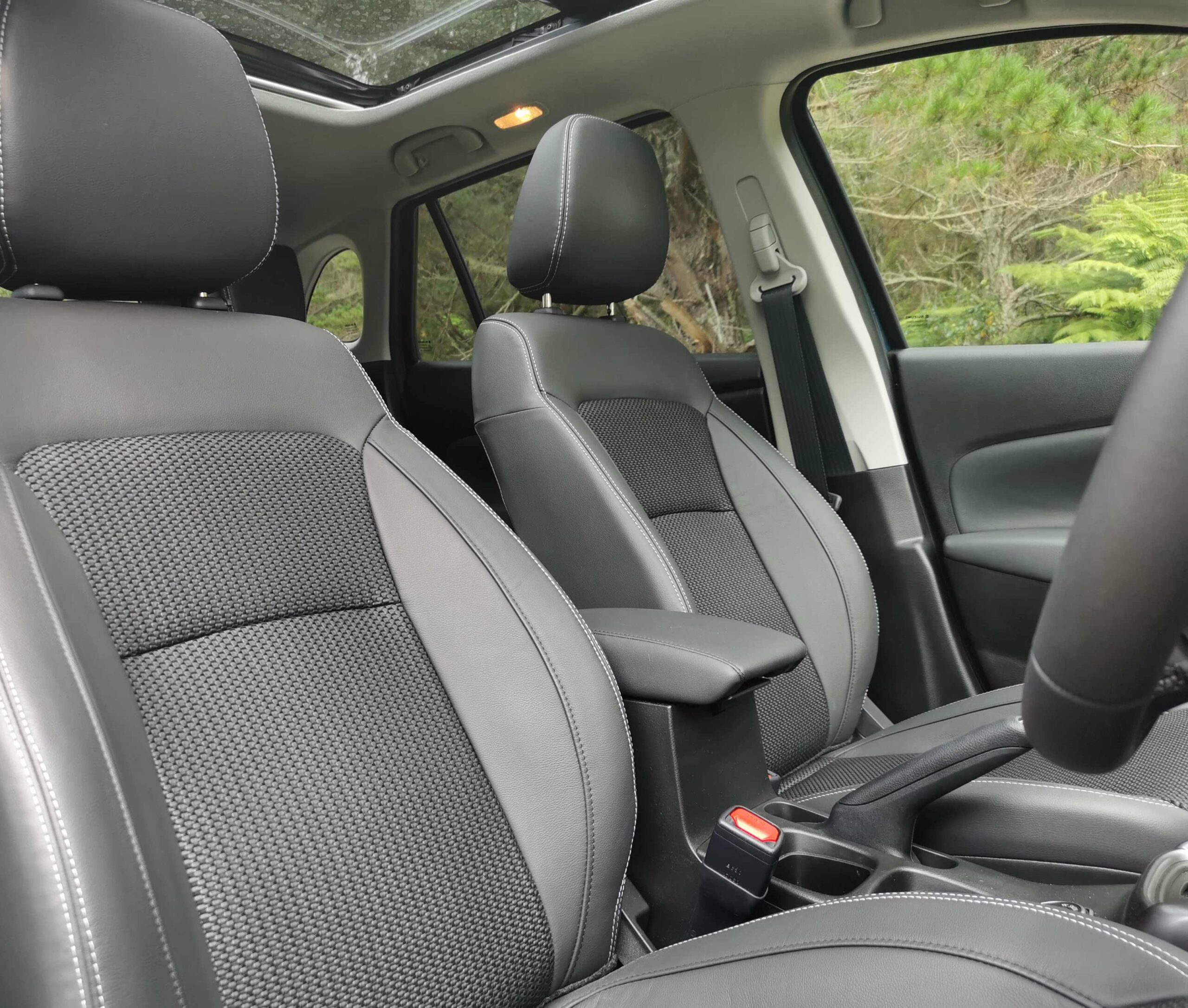
Heated front seats as standard, are also a first and these come with leather and leather-effect weave upholstery and the steering wheel too is leather-covered. Being a family-sized vehicle, there are plenty of stowage areas for ‘stuff’, and the luggage space in the rear can be adjusted to accommodate up to 1230L, making shopping and DIY projects a breeze.
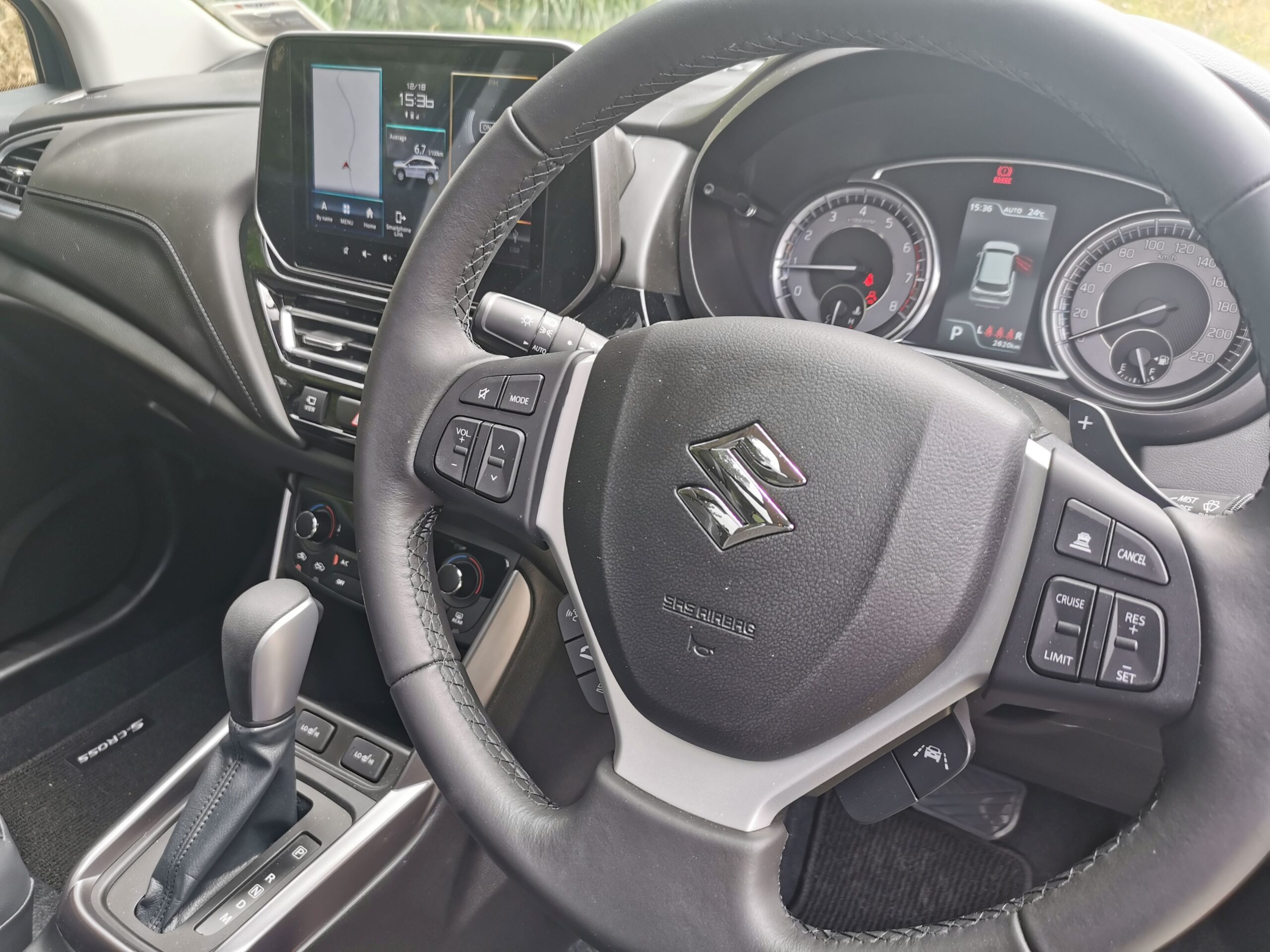
Infotainment comes by way of a 9-inch HD infotainment system that displays the likes of hybrid energy flow and Sat Nav, plus is Android Auto and wireless Apple Car Play capable, what’s more it has a cool 360-degree camera that shows the crossover in 3D/bird’s-eye view, you can take a tour of the S-Cross’s exterior without leaving the driver’s seat.
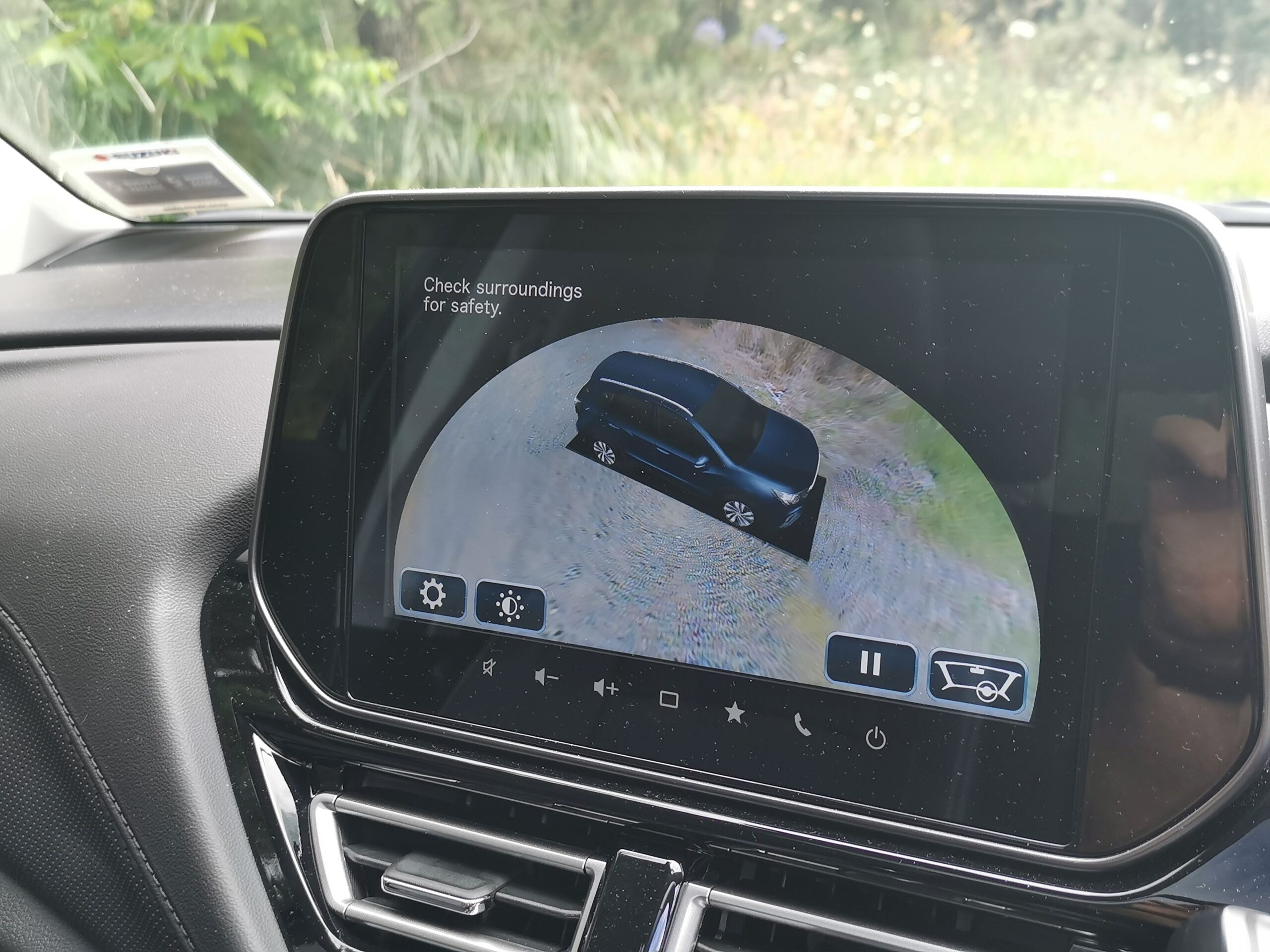
On the road the new S-Cross rides with a reasonable amount of finesse, certainly enough for the price band and category it sits in. For example, head up to 100km/h on the highway and wind noise becomes noticeable, but around town the cabin remains at ease, with very little sound from the road.
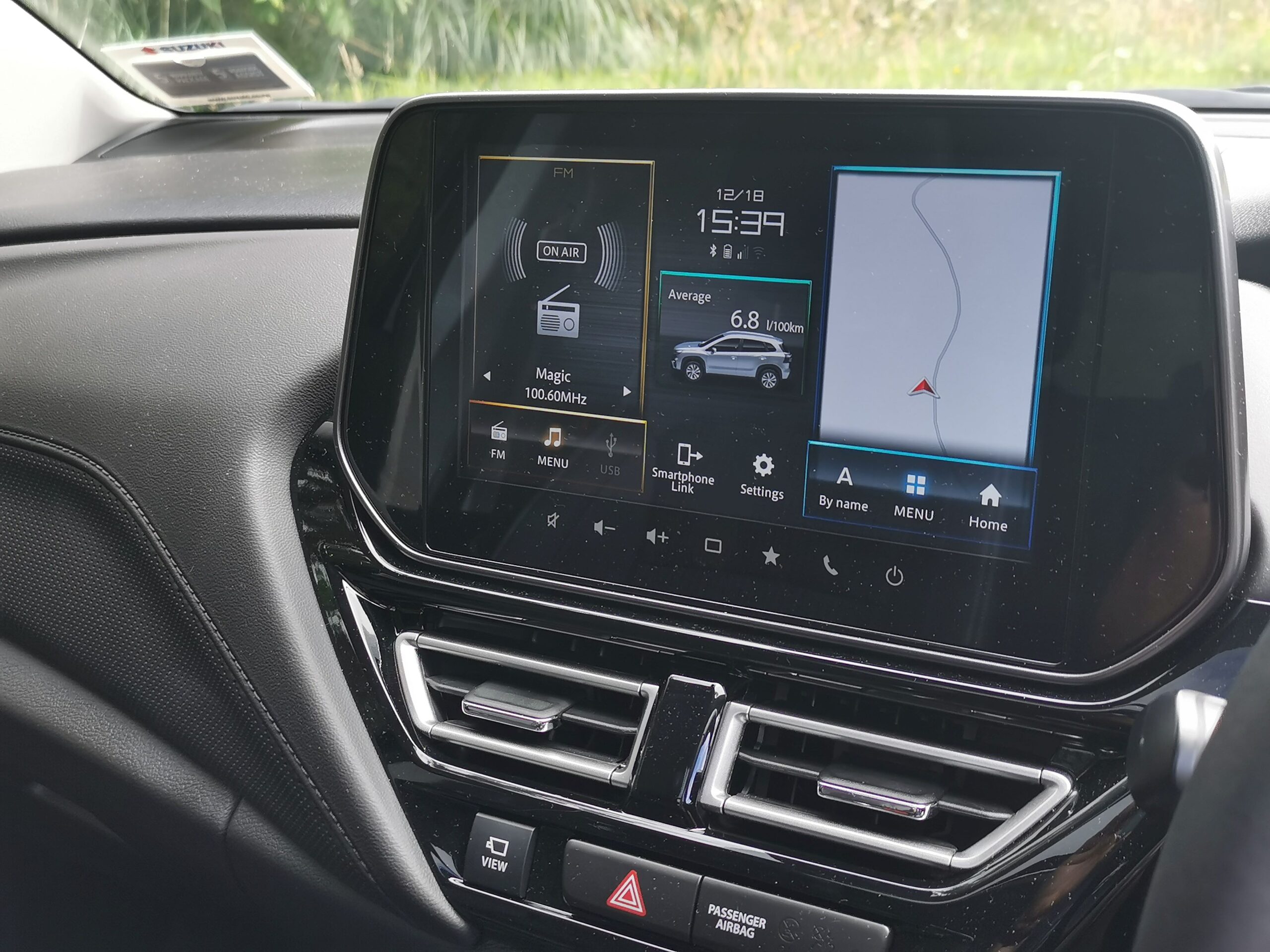
In the corners the combination of a good chassis and (in my case) AWD, meant that the S-Cross offered both fun and sure-footedness, however, I felt like that powertrain spent a fair amount of time ‘hunting’ for the right gear (of which there are 6), my solution was to stick with Sports driving mode and forget about the economy – I ended up recording 6.7L/100km (Suzuki claims 5.9L).
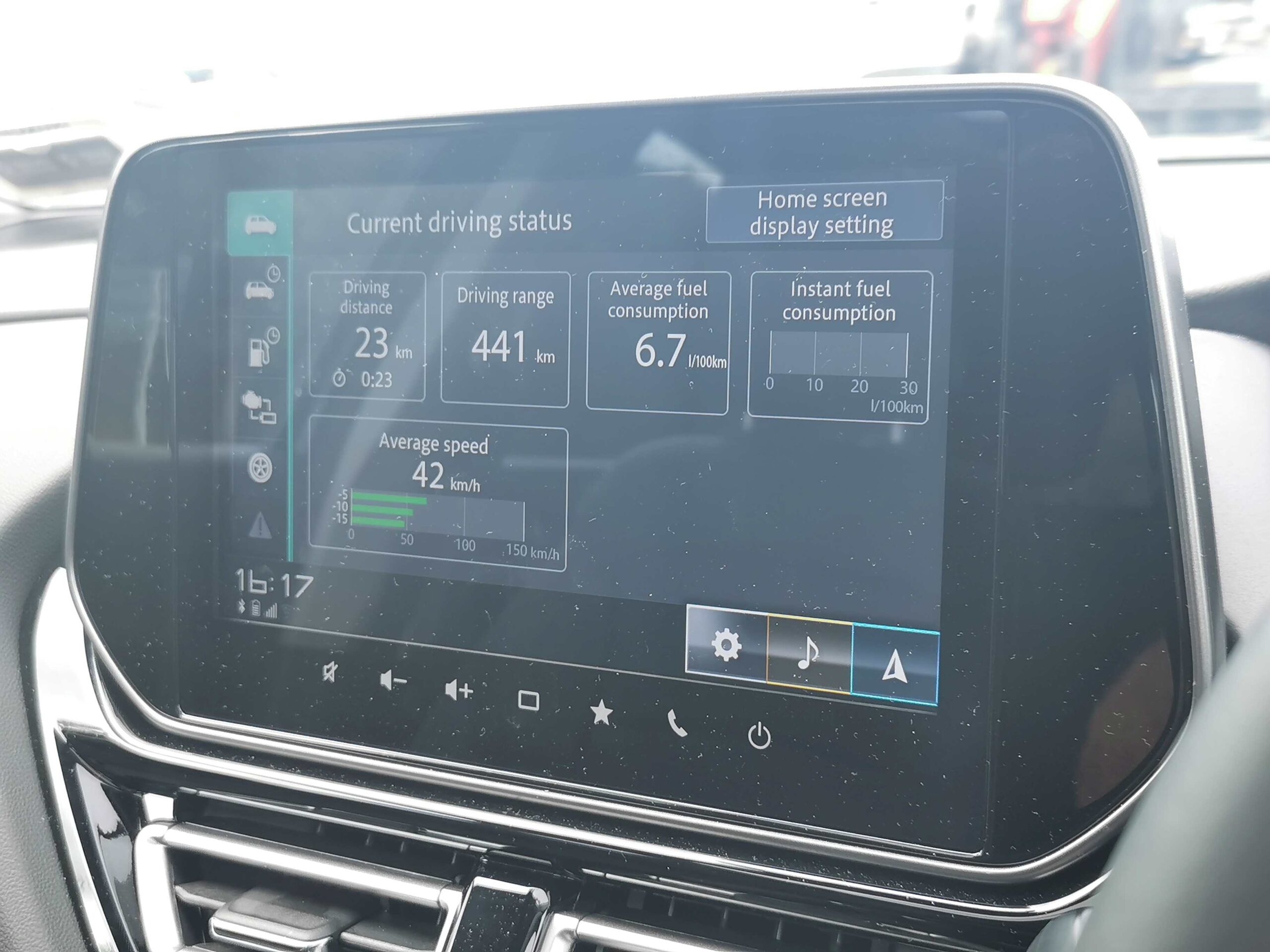
As it turns out, there are four selectable Allgrip modes to play with, Auto is the all things to everyone mode, but as I said, can catch out the powertrain, Sport which was my preference, (although arguably not exactly what the Hybrid was made for), Snow for slippery surfaces and Lock for accessing mud or sand surfaces – I really should have taken the S-Cross off the beaten path.
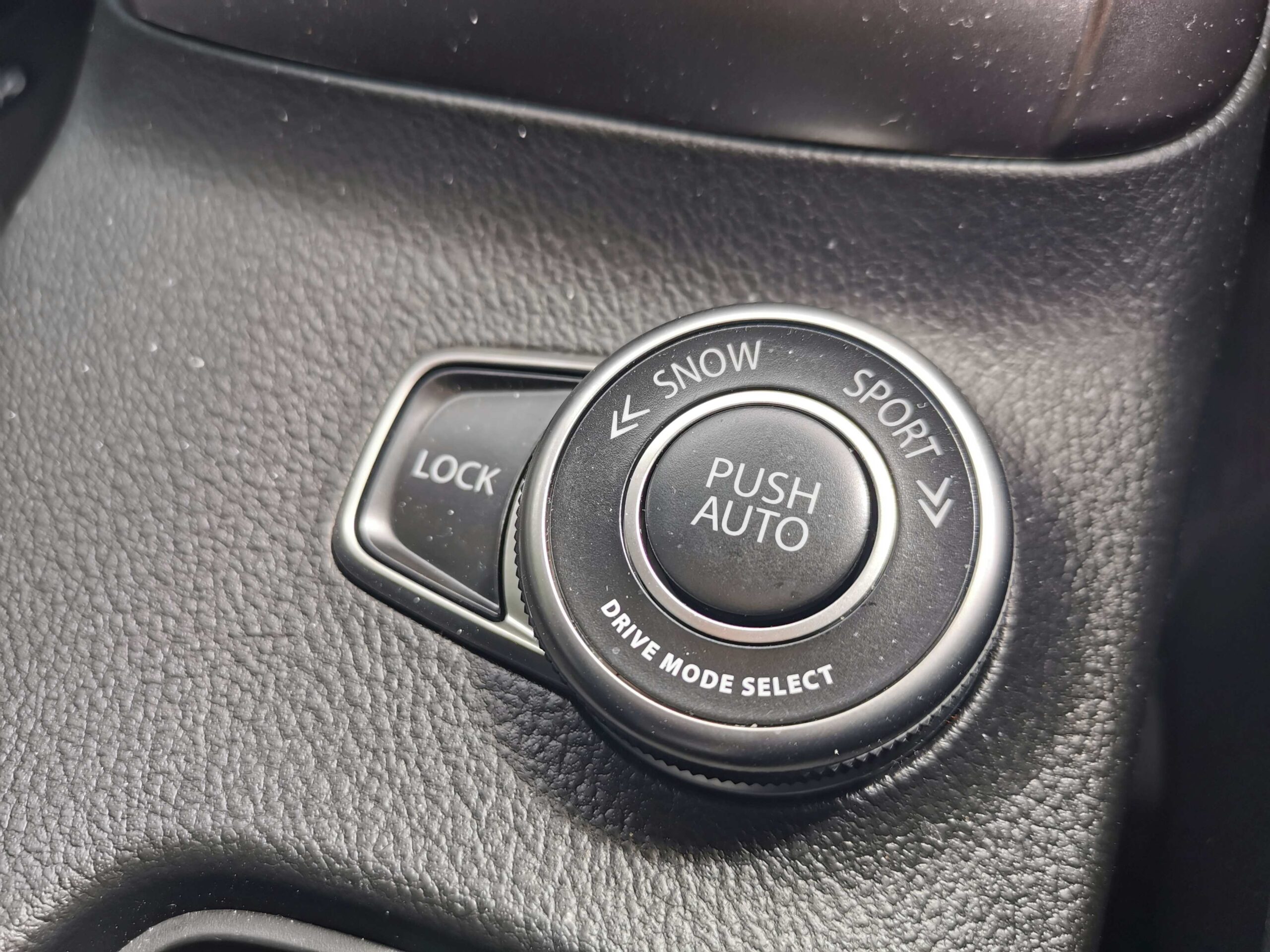
Seat comfort, even when giving it the beans, is good and the steering has the Suzuki feeling pretty light, and visibility all round is more than ample, aided by the aforementioned 360-degree camera views.
Driver and safety aids are aplenty, with features such as lane keep alerts being informative rather than terrorising (which to me is a good thing), plus the updated crossover has your blind spots covered should you need it. The cruise control is adaptive, a must for me for long drives, with stop/go functionality for increased fuel efficiency, another must while petrol prices are so high.
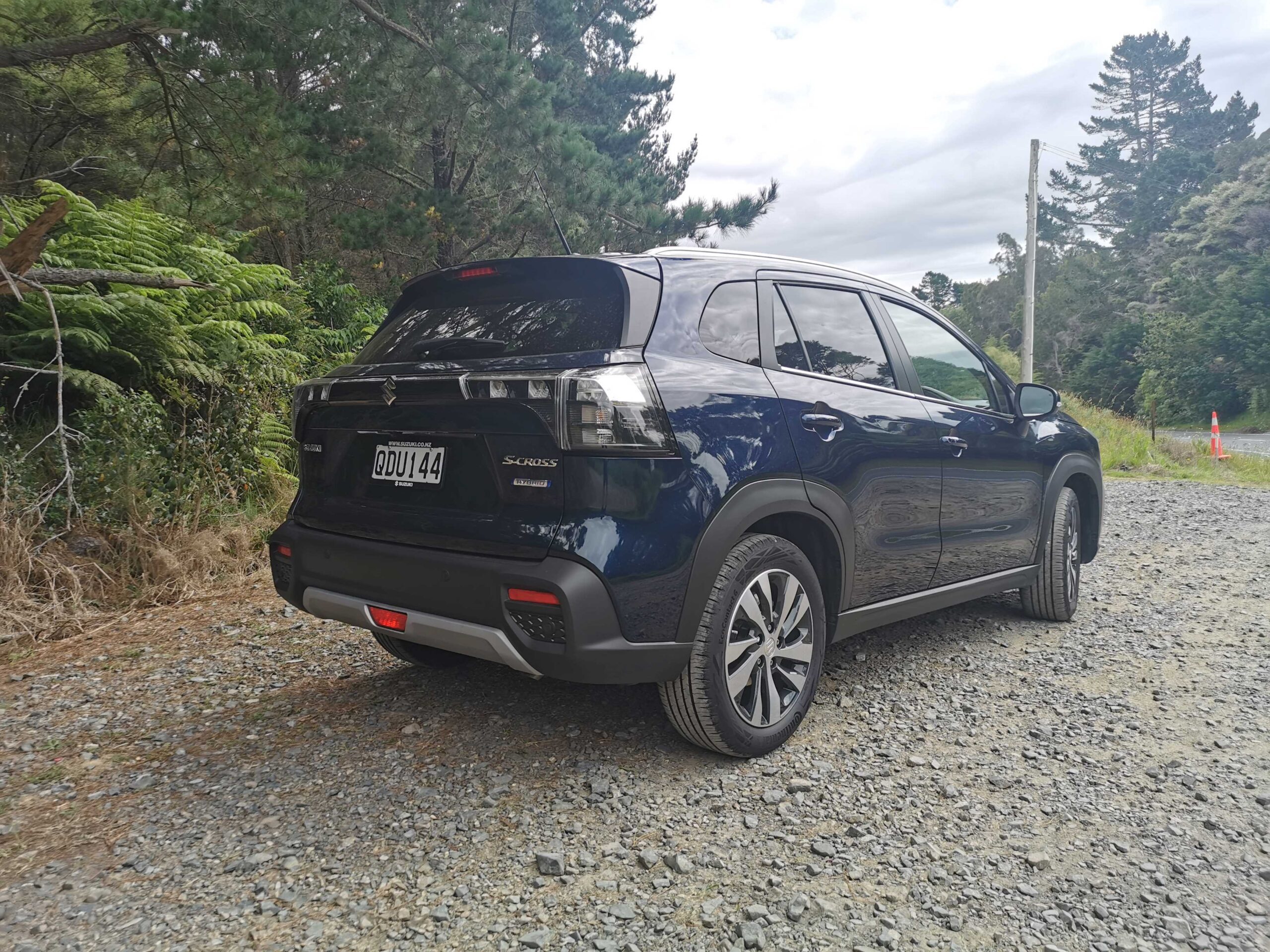
The amount of standard equipment and tech in this S-Cross is impressive and when you add in its more efficient hybrid system, it takes this popular crossover to the next level – especially considering its price.

